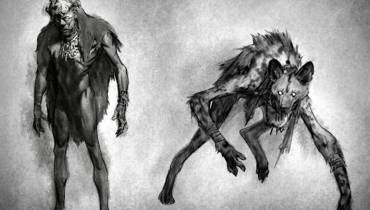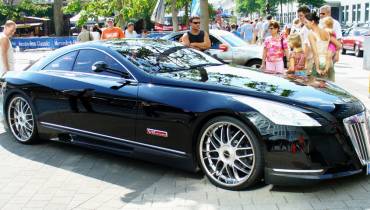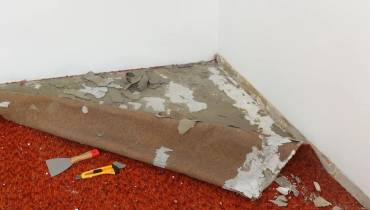All You Wanted to Know About the Panama Famous Straw Sun Hat
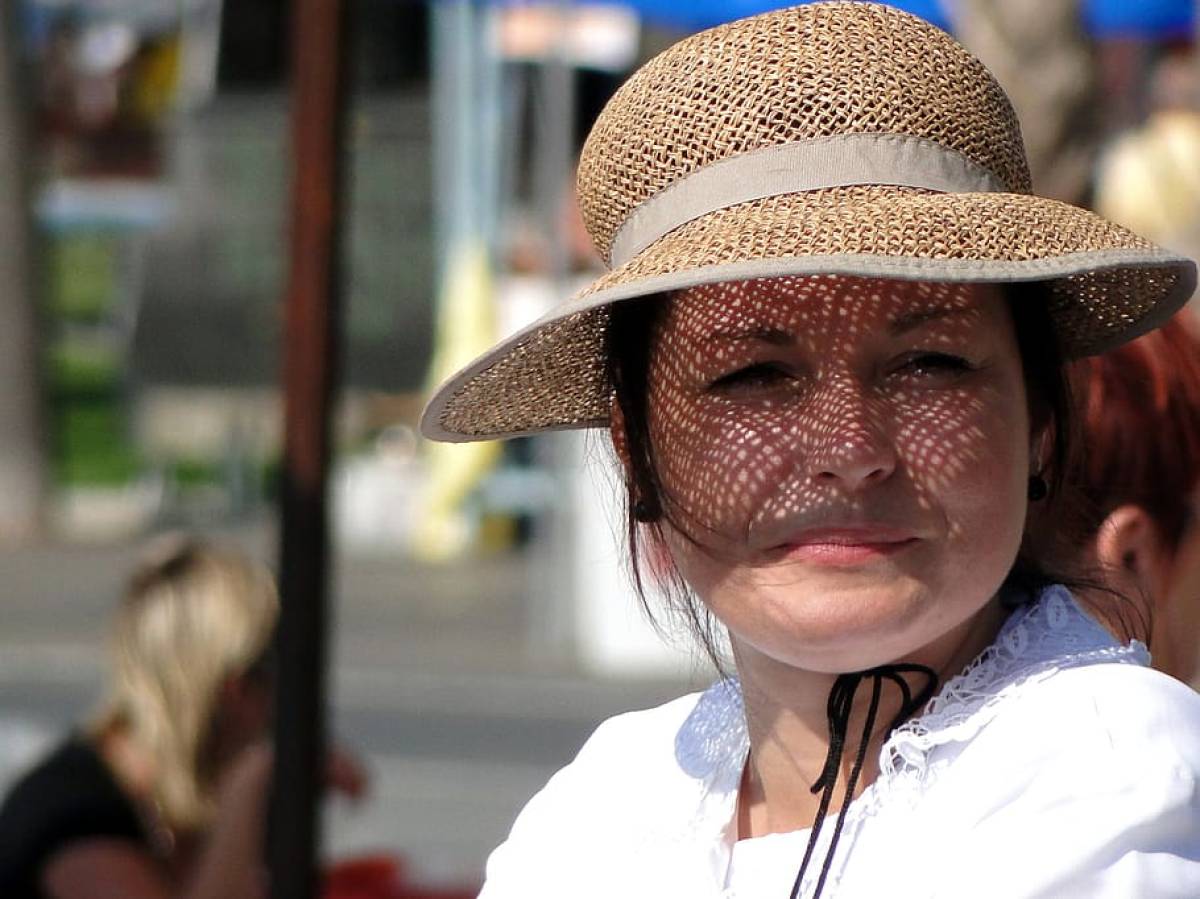
Even though wearing hats is no longer an obligation for the contemporary man or woman, you must appreciate that a summer hat does indeed go a long way in making a style statement and protecting the wearer from the sun's glare.
Even though you have a choice of summer hats, you will no doubt want the classic Panama straw hat in your wardrobe if you were to select just one. A Panama hat, despite its name, is Ecuador’s most famous export.
The finely woven and light-colored straw hat with a distinctive shape is made by the South American nation’s craftsmen from the fiber extracted from the stem of the leaves of the Toquilla palm trees that abound in that corner of the Earth.
Even though the Panama hat is made all over the world nowadays, the original one hails from Ecuador, where it is known as “sombrero de paja toquilla,” which means “straw hat.”
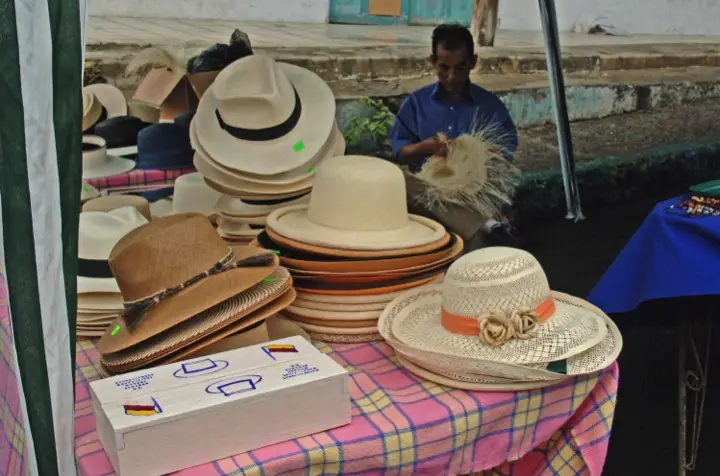
Hat stand in Montecristi, Ecuador. Photo: Jerrye & Roy Klotz, MD / Wikimedia.
There are several reasons why the Panama hat is popular. It is elegant enough to be worn on all occasions, gives the wearer great protection from the blazing sun, and is comfortable to wear even for long hours because it is lightweight and breathable.
Steeped In History
Ecuador’s traditional craftsmen have been known to weave straw hats since the early 17th century. By the 19th century, the local trade had expanded to a global business, especially to customers in Europe, America, and Asia.
The hat possibly got its name from the gold miners rushing to California via Panama seen wearing these distinctly-shaped sun hats, according to Metropolitan Touring. Even though Panama hats became a common sight due to the continuing traffic of gold rush miners to California, it was only after President Roosevelt was photographed sporting a Panama hat during his visit to the Panama Canal in 1906 that it achieved global fame.
Customers, the world over, took to the Panama hat so enthusiastically that by 1944, it had become Ecuador’s top export. Interest in the hat was sustained in the following tears with film stars, fashion figures, and politicians were seen in it.
Cuenca in Ecuador is the hub of the mass manufacturing and global trade in Panama hat. If you want a classic hand-woven Panama hat, you would be better off looking at Montecristi and CallePilé, both towns with a tradition of producing high-quality hand-woven Panama hats.
Determining the Quality of Panama Hats
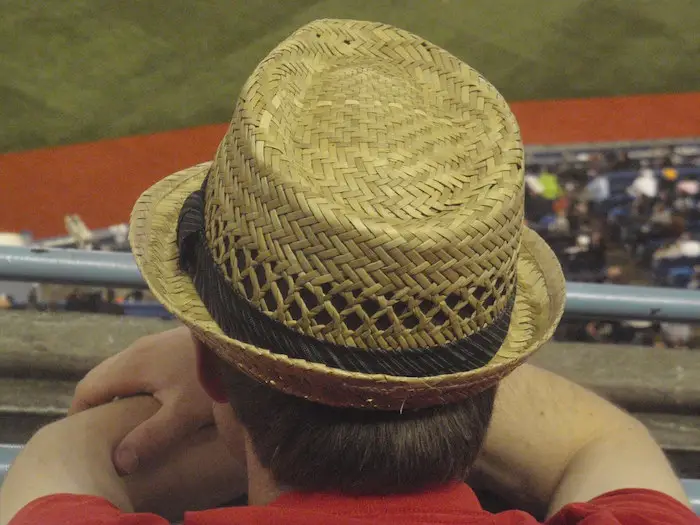
Several factors determine the quality of a Panama hat, the straw, and the weave are notably the most important.
Traditionally, weavers make hand-made Panama hats from the fiber of the stems extracted from the leaves of the toquilla palm tree by boiling and bleaching them. The fiber in its natural state has a characteristic light color, and the more uniform the color and the quality of the fiber, the better is the quality of the hat.
The quality of the weave is also an important element of Panama hats. The tighter and more even the weave, the more prized it is. Some manufacturers use proprietary terms to describe the quality, but the nomenclature is not uniformly followed or even accepted.
Rather than relying on non-standard terms, the best way of evaluating the quality of a Panama hat is to count the number of weaves per square inch. A hat for daily use should possess 350-400 weaves per square inch, while the superior grade ones may have more than 4000.
To judge the quality of the weave, you must also find out how homogenous and straight the patterns are on the surface of the hat. However, because it is a handicraft product, you will not get a uniform pattern, and slight aberrations are a certificate of it being a manually crafted product.
Even though it is normal for the color to differ across hats, a good quality hat will have an even color throughout. The better the quality of the straw and workmanship, the more even the color of the hat you buy.
It can take several months of painstaking labor by skilled artisans to make a high-quality Panama straw hat from toquilla straw. Given the effort and time it takes and the lack of skilled artisans capable of weaving such high-quality hats, it is a small wonder that ultra-fine Panama hats can cost a bomb.
Different Types of Panama Hats
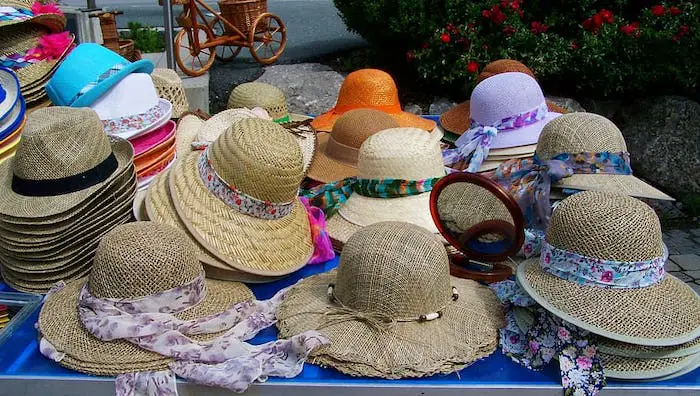
The shape and size of the crown and the brim, the two main components of a Panama hat determine its style.
While you can choose from a virtually limitless assortment of varieties, some of the main Panama hat styles are:
1. Fedora
This style is ideal for contemporary men who want a classic look. The traditional Fedora hat comes in several varieties but is characterized by a relatively tall crown of 4-4.5 inches, a pinched teardrop-shaped cap, and a brim of moderate width.
Commonly made from felt and wool, a straw Fedora is an ideal way of combining style with function. It looks smart and gives good protection from the sun.
2. Optimo
This style of the Panama hat enjoyed popularity in the first half of the previous century and remains a fashion staple with its elegance and appeal.
You can see a characteristic top seam running along the center of the rounded crown that looks distinctively British.
3. Planter
The Planter style of Panama hat features a round molded crown and an extra-wide brim for more protection from the sun.
A functional hat that provides extra sun protection, the Planter is popular with fashionable men.
4. Golf
It is a Panama hat designed for golfers playing in warm weather. The hat features a molded crown on the sides of which are open decorative weaves to allow a better flow of air.
In conclusion
Regardless of the style of Panama hat you buy, you can be sure you will have something with a timeless appeal in your wardrobe.
If you are particular about your looks, it is always better to buy from a reputable hatter who will be able to answer all your queries regarding the origin, material, weave density, and more. That way you will get a hat that looks classy and will last long.






![Most People Don’t Feel Happy While Working in Pyjamas [Studies]](/sites/default/files/styles/video_thumbnail_bottom/public/working_in_pyjamas_elena-pjs.jpg?itok=XMhBMWcl)





